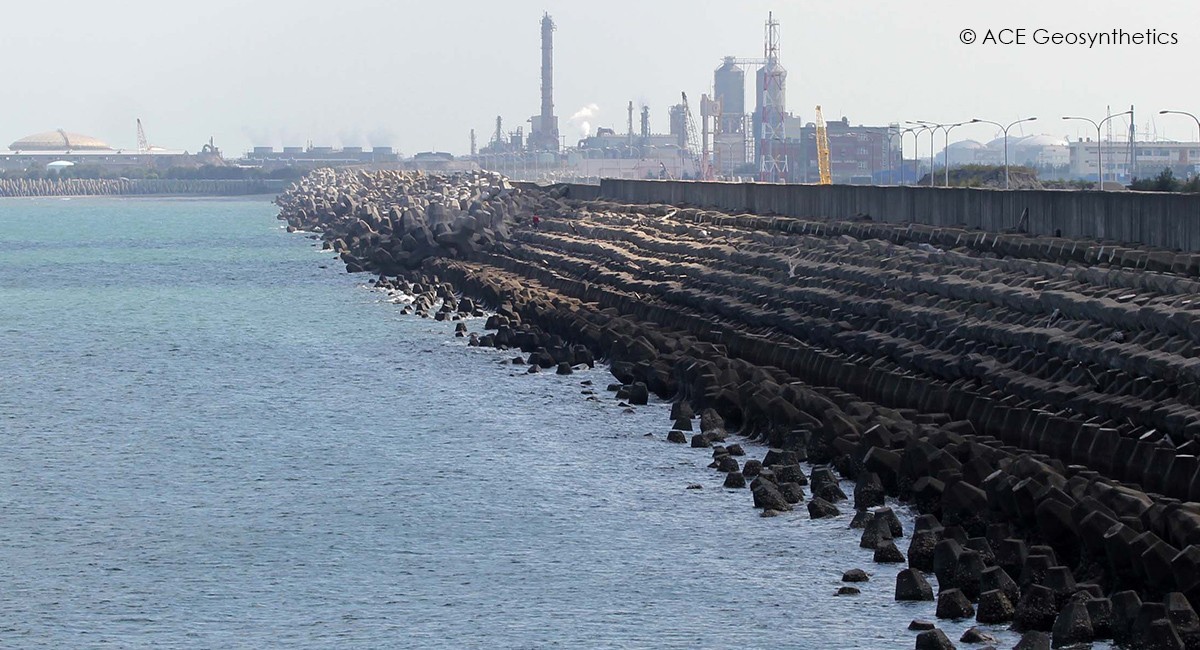
Have I correctly determined my operational and extreme wave conditions? Once it is determined that a breakwater is necessary, there are five essential questions to ask: 1. Five important parameters to consider when designing a breakwater There are many examples in which this aspect of the design has been overlooked, underestimated, or misrepresented, and the owner had to deal with resulting financial or legal consequences. Another important parameter to consider is the potential impact of constructing a breakwater on the shoreline morphology and sedimentation, within the project battery limits or on neighboring areas upstream or downstream of the proposed project.

Whether offshore or connected to the shore, the breakwater location and arrangement depend on geotechnical considerations, water depth, maneuverability of the design vessel(s), and level of wave attenuation needed. If the analysis results show that a sheltered berth is needed for the planned throughput, the design team will develop a breakwater layout plan for the project. Computing the percentage of time that operating thresholds are exceeded, so the vessel cannot berth, or the operation must stop, and the vessel needs to leave the berth.Estimating operating thresholds considering allowable mooring line / fender forces and vessel motions - which depend on the terminal type (e.g., container, bulk, oil and gas, cruise, or ferry) and function (e.g., import/export), and.Conducting a high-level metocean study and estimating operational conditions (e.g., wave, wind, current, water level) at the proposed berth location,.To answer this question, the project needs to conduct a preliminary berth availability assessment, which consists of: Consequently, when evaluating the feasibility of a proposed port, it is essential to first determine whether the port will meet the throughput target if it remains exposed to waves, or if a sheltered berth is needed to avoid weather-related downtime. Breakwaters are often the largest investment in port construction and can have a significant impact on ongoing maintenance costs and schedule.


 0 kommentar(er)
0 kommentar(er)
